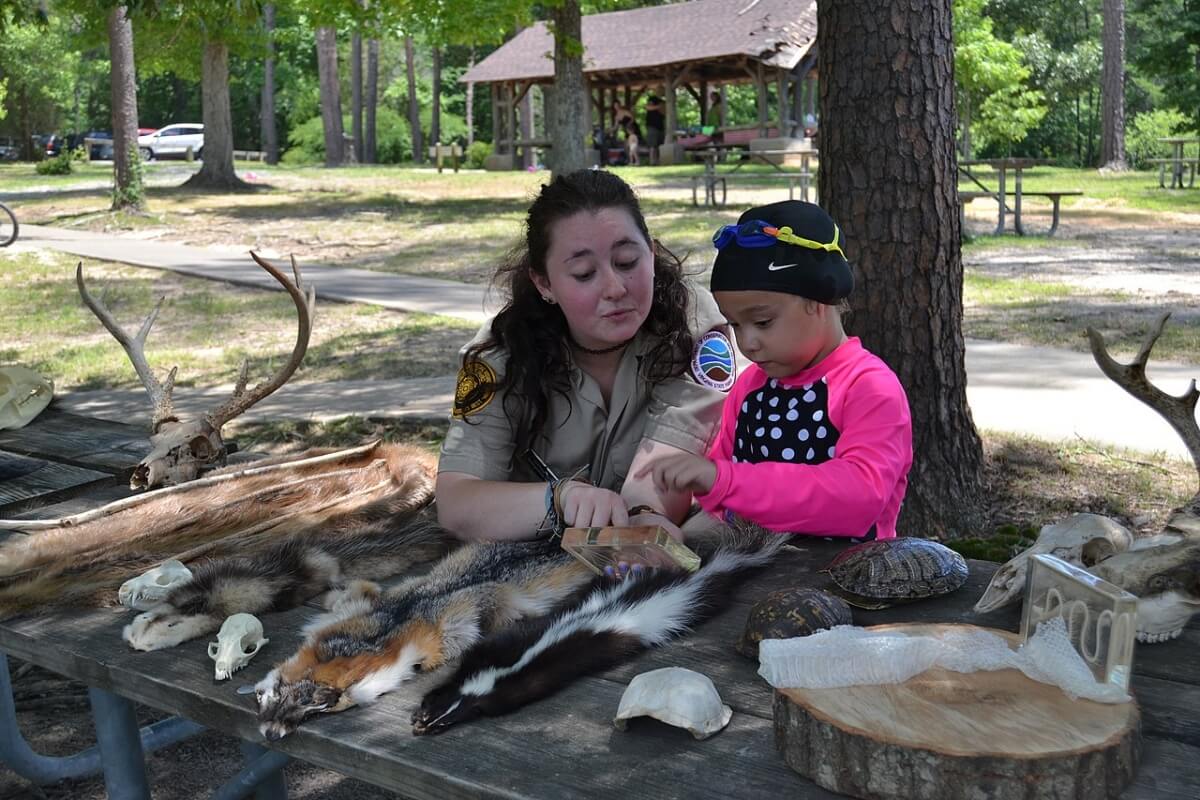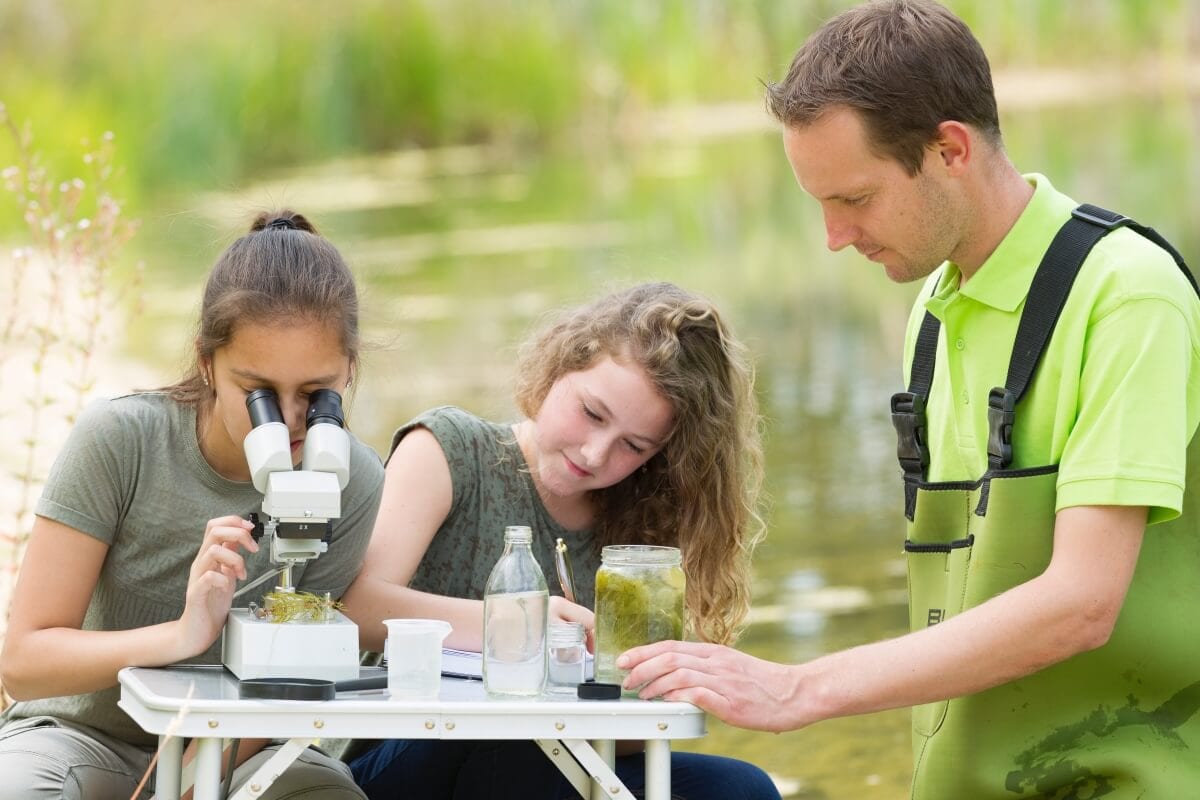Exploring Science Beyond the Lab
August 21st, 2019
by Andrea Lloyd

Science isn’t created in isolation, contrary to what some may want to believe.
While sitting in a lab and looking through a microscope might be the images conjured when I say “science,” there’s more to it than that. Laboratory and fieldwork science are a small part of a large picture of scientific careers. There is some way that the public learns about science—and it’s usually not from a guy in lab coat.
STEM; an acronym for the disciplines Science, Technology, Engineering, and Mathematics; has continued to gain traction over the past eighteen years. New scientific breakthroughs, science in action, however, is subject to societal factors like politics and economics, in addition to the rigors of scientific merit.
As a result, our world needs more than just STEM majors or discovery-oriented persons to engage in the field of science than your college brochure might suggest.
Often by piecing all of the different kinds of career fields that share about STEM topics we create a larger picture of Science Communication, which generally means to share science to non-technical persons.
Let’s take a look at six options to participate in science without donning the lab coat.
The Pen is Mightier than the Microscope
Science Writing is a piece of how the public learns about what occurs in the lab or the field. It can be the New York Times’ Science section, or it could be reading a recent article on NASA’s website. Either way, often the public hears about new science information.
Most recently, they took the first ever picture of a black hole, a monumental feat that took the link radio dish telescope. The vast majority of people learned about this remarkable feat from their phones – a variety of news organizations wrote its historic importance of the event.
This field often looks for journalism and communication backgrounds, but not always. Those who can write well about their own fields might find opportunities as science writers as well.
Education is the Foundation

Almost everyone experiences Science Education through their K12 days. Perhaps you dissected a frog or made a baking soda volcano. Whether you were in biology, chemistry, physics, or environmental sciences, there was a teacher who taught you about those subjects. Those dedicated teachers learned their field in order to inspire the next generation to be involved with STEM.
However, there’s no reason to limit yourself to the classroom. Albert Einstein once said, “Education is what remains after one has forgotten what one has learned in school.”
Informal science education is just as important as the classroom. Places such as libraries and museums present opportunities to teach the public about STEM. Common names for these roles are environmental interpretations, public outreach, and community science. These roles can range from a park ranger to Bill Nye the Science Guy.
Be in the Room Where it Happened

At one time, Rachel Carson’s book Silent Spring advocated for the nationwide ban of DDT and other pesticides, which were harming the environment. From her book, a grassroot environment movement spurred that led to the creation of the US Environmental Protection Agency (EPA). The EPA works to protect both human health and the environment.
An example of Science Policy, this field within STEM advocates for legislation on scientific topics through educating the public and Congress.
Currently, our political spheres are talking about climate change and carbon emissions, interpreting what scientists say. Communicators in science policy work help facilitate government changes like the EPA to help keep our world safe by educating the public about scientific topics.
Beauty is in the Eye of the Scientist

Image credits: BBC/NASA
Science Art focuses on bringing artistic disciplines (like photography, videography, illustration, sculpture) into the STEM field to help communicate in a way words alone cannot.
You can find scientists on social media platforms like Instagram talking about their work, or watch scientific documentaries as well.
The earth we live in is beautiful. BBC Earth and on the ground. Stitching video into beautiful stories, their documentaries are crafted stories that help share about the world we live in.
Anyone can be in Science

If none of these previous options appeals, there is a way from a non-scientific background to participate in the field of STEM: citizen science.
A citizen or community scientist works voluntarily in the scientific process through crowdsourcing. It’s the collection and analysis of data by members of the general public, as a part of a collaboration with professional scientists. These projects can range from astronomy and engineering to ecology and statistics.
A quick Google search leads to a host of citizen science project available from a number of organizations from the National Geographic Society. Some such projects are in the form of games, such as Malaria Spot, which has the user analyze malaria images while playing a game.
Conclusion
There are more ways than those listed here, but hopefully this list will help you discover the world beyond the lab.

About Andrea
I’m a science communicator who specializes in public relations.
Without advocating for science, no one would know about the amazing discoveries scientists, engineers, and researchers make. Communicating science is just as important as doing science.
Want more science now?
Check out our news page where we post interesting studies and discussions (sometimes mocking them mercilessly) for more.
